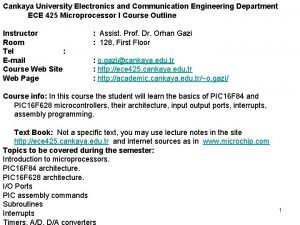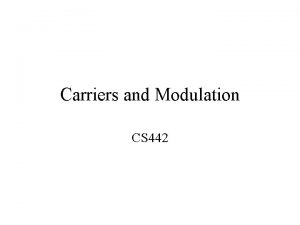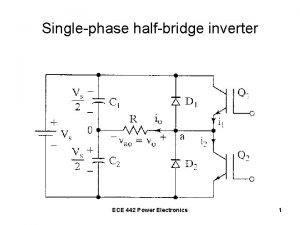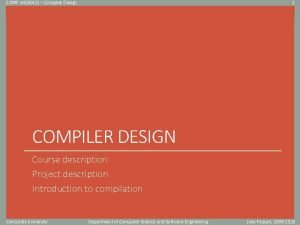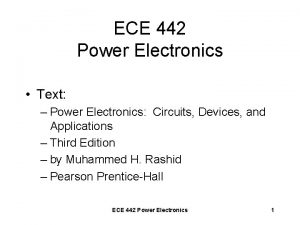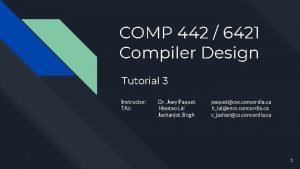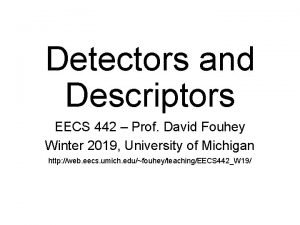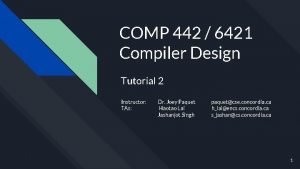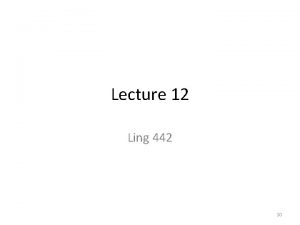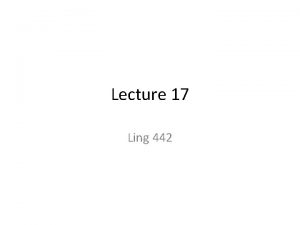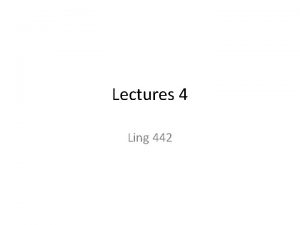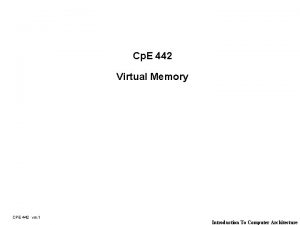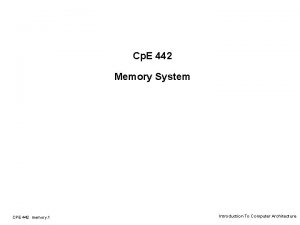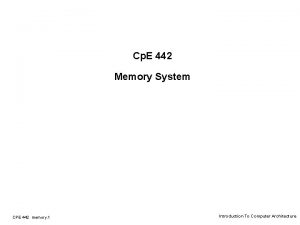Lecture 18 Ling 442 Exercises part 1 1














- Slides: 14

Lecture 18 Ling 442

Exercises (part 1) 1. Explain the difference between grammatical relations and thematic roles. 2. Provide some examples of verbs with which the subject is an agent and the object is a patient. 3. How about verbs in which the subject is a stimulus and the object is an experiencer?

Exercises (part 2) 4. Russell’s example. (a) First man: I thought your yacht was longer than it is. (b) Second man: No. My yacht is not longer than it is. What did the first man mean? What did the second man suggest that the first man meant?

Davidsonian semantics • Davidson (1967) • Action sentences involve existential quantification over events (1) Jones buttered the toast slowly with a knife in the bathroom at midnight. Why do we need events? One argument: entailment — (1) entails the same sentence without some/all of the adverbial expressions.

Davidson and entailments • One of the original arguments concerns entailments. If we can represent (1) as in (2), then we can show that (1) entails (3), represented here as in (4). 1. Jones buttered the toast with a knife. 2. e [buttered (j, the_toast, e) & x[knife (x) & with (e, x)]] 3. Jones buttered the toast. 4. e [buttered (j, the_toast, e)]

Davidson • Anaphora • He did it in the bathroom. • The pronoun it is claimed to refer to the event of his buttering the toast.

Event nouns revisited • I mentioned before that the existence of event nouns supports Davidson’s ontology. • We can also create event nouns from verbs using the –ing suffix: And you can create one by adding –ing: meeting, signing, crossing, etc. They are common nouns.

Event-related readings of nouns • Krifka (1990), etc. • Four thousand ships passed through the lock last year. • The library lent out 23, 000 books in 1987. • The dry cleaners cleaned 5. 7 million bags of clothing in 1987. • 12, 000 persons walked through the turnstile yesterday.

Aren’t events subtypes of individuals? • Very few predicates accept both “regular” individuals and events. • Event-oriented predicates: occur, take place, happen • Individual-oriented predicates: X meets …, X laughs, cries, sleeps, etc. • Those that accept both: be nice, be good, etc.

Events and States • Events and states can be introduced as distinct types of entities in our ontology. • We can then use these events and states to describe and explain the behavior of various sentences in discourse contexts (and elsewhere).

A different approach to adverbials • An adverb (or a PP adverbial) can be analyzed as a VP modifier. That is, it is a function that takes a VP meaning (a set) as its input and returns a VP meaning as its value. • E. g. �sleep�= {x | x sleeps} • �soundly�= that function F such that {x | x sleeps} F {x | x sleeps soundly} INPUT OUTPUT

Neo-Davidsonian approaches • Thematic roles become predicates of events in Neo-devidsonian approaches

Neo-Davidsonian developments • Davidson: the main predicate gets an event argument (as well as nominal arguments). e[hit (j, b, e)] • Neo-Davidsonian: the main predicate (like verb/adj) is a one-place event predicate. We then posit “thematic roles” as two-place predicates relating events and individuals. e[hit (e) & agent (j, e) & patient (b, e)]

Recent developments • Kratzer argues that the “external argument” of a transitive verb is not really the verb’s argument. It is an argument licensed by “voice”. • In terms of notation, the neo-Davidsonian method allows us to adopt the above idea. But Davidson’s original does not.

